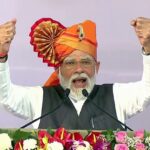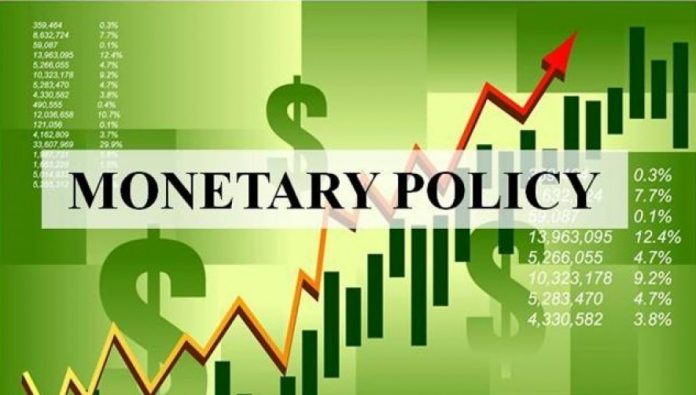In its October meeting, the monetary policy committee of the RBI chose to maintain the policy status quo, keeping the benchmark repo rate at 4 per cent and continuing with its accommodative stance, presumably as long as is necessary to revive growth. But the decision was not unanimous. MPC member Jayanth Varma voted not only against continuing with the accommodative stance, but also argued in favour of raising the reverse repo rate. Concerns over how long the MPC can continue with its policy stance appear to be gaining traction. Even though the other members stuck to their earlier positions, there appears to be a shift in the tone of the commentary, with a member, Ashima Goyal, arguing that “overstimulus as after the global financial crisis, with delay resulting in sharp adjustment, has to be avoided.”
So far, the MPC has continued to attach primacy to growth considerations. In their most recent comments, most members highlighted the uneven nature of the recovery – the scarring of small business and the informal sector. According to another MPC member, Mridul Saggar, of the 404 industries for which data is available, 63.4 per cent are operating below 2018-19 levels. RBI Governor Shaktikanta Das also argued that the “informal sector is likely to take even longer to recoup as the impact of the second wave on this sector was relatively more pronounced.” But the space for continuing with its current stance appears to be receding. On the inflation front, the MPC members were cognisant of the risks, as, even though headline inflation has dipped – CPI fell to 4.35 per cent in September, down from 5.3 per cent in August – core inflation remains elevated. As Varma noted, “inflationary pressures are beginning to show signs of greater persistence than anticipated earlier”. Economists expect inflation to inch back upwards. According to the RBI’s projection, it is expected to dip to 4.5 per cent in the third quarter, rising thereafter to 5.8 per cent in the fourth quarter.
The withdrawal of policy support is likely to be gradual with the process playing out at multiple levels – beginning with normalization of liquidity, which has begun, followed by a hike in the reverse repo, a shift in the stance from accommodative to neutral, culminating in a repo rate hike. However, the duration over which this plays out is uncertain. Perhaps a few more months of data will provide greater clarity over the durability of the recovery, allowing
the MPC to firm up its exit plans.











More Stories
IPL: For Bumrah every ball wicket-taking delivery
J&K to get statehood, assembly elections not far: PM
Kohli fitness benchmarks among few: Ajit Agarkar